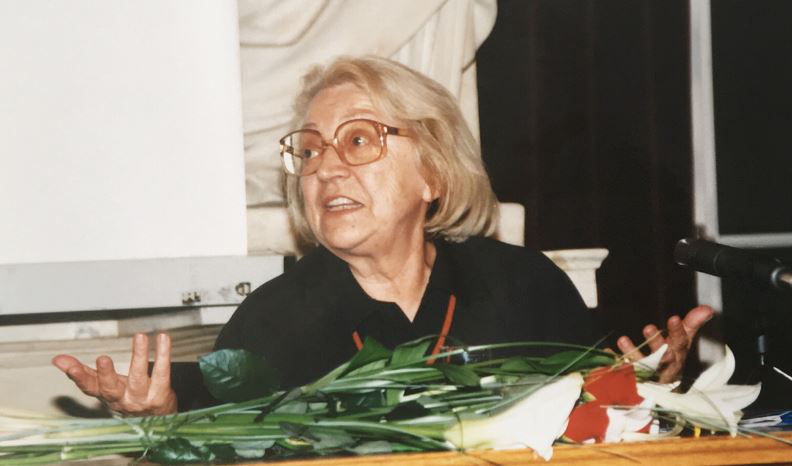Memorial space Austria
25.05.2020
In preparation of the opening ceremony of the Ravensbrück Memorial site in 1959 all camp communities had been invited to write down witness reports of their time in the concentration camp and to contribute some personal belongings from those days to a museum. Moreover, each national group of prisoners had been offered to arrange a cell in the former bunker according to their individual preferences.
Bertl Lauscher and Toni Bruha reported to their fellow members about the former prisoners’ meeting that had taken place in Berlin on November 17 and 18, 1956. The two had been chosen to represent the Austrian Camp Community Ravensbrück (ÖLGR) in the International Ravensbrück Committee. They informed that the museum was to be installed in the former bunker. The ÖLGR newsletter of July 1957 wrote: “We formed a committee for the museum, that is to say for the decoration of our cell in the museum. This committee has the purpose to collect any such material that can be found in Austria: witness reports from the camp, pictures of the deceased and the executed as well as their biographies, poems, images, songs, drawings, and sculptures – in short, things that were created inside the camp. Furthermore, pieces of memory such as clothes and laundry from the camp, numbers, triangles, shoes, mules, dinnerware, keepsakes of all kind. We also ask the fellow members to let us know the names of artists interested in cooperating with the committee.”
Hilde Zimmermann was named the contact person for all matters regarding the exhibition. Other committee members were Toni Bruha, Hanna Sturm, Bertl Lauscher and Valerie Tartar. The structure of contents and the selection of items, pictures and texts would keep the ÖLGR’s women very busy for the following two years. Together with the architect Margarete (Grete) Schütte-Lihotzky a concept for the design of the museum was developed hoping that “a dignified memorial will be established in the place assigned to us in the bunker.” ²
For the installation of this Austrian memorial the ÖLGR had two cells in the former bunker at its disposition. The first was used to illustrate “Nazi activities in Austria before 1938“, as well as the German invasion of Austria. A map of Austria showed regions of the resistance’s activities. The role of women in the fight against fascism and war was particularly highlighted; here the story of two resistance fighters from Styria, Mathilde Auferbauer and Johanna Rainer, served as an example. The second cell was dedicated to the Austrians who died at Ravensbrück and included the biographies of ten murdered women. The exhibition also depicted the concentration camp’s structure and functions, presented important numbers and facts from the Nazi and war years and culminated in the women’s wish for peace. Grete Schütte-Lihotzky and Hilde Zimmermann personally curated the correct presentation of all exhibits and text boards.
In order to inform a large number of Austrians of the atrocities that had taken place at the camp a copy of the exhibition would be shown successfully throughout Austria for many years to come. Based on their experience the women had made as guides through the exhibition the ÖLGR published a brochure in 1963 titled: “What do I care about that?”
In the presence of delegations of former prisoners and their families from many countries the National Memorial Ravensbrück was inaugurated on September 12, 1959. During the following years the various exhibitions that had been created by the camp survivors in the former bunker became an important point of reference for the visitors of the memorial site, among them many youths. They showed not only the horror and the suffering inside the concentration camp. They also informed about the prisoners’ attempts to treat each other with solidarity despite the extreme conditions and to oppose the hellish fascist regime with their humanity, their dignity, their resistance and their will to survive.
In 1985 the former bunker was flooded and parts of the exhibition were destroyed. Many of the Austrian exhibits were lost forever. Some ÖLGR members were able to retrieve only very few pieces from the mud. The creation of a new exhibition was inevitable. Austrian survivors were asked anew to support the restoration of the exhibition spaces with memorabilia.
Hilde Zimmermann was significantly involved again in the preparations of the exhibition. It was decided to largely maintain the concept of the exhibition’s first edition while adding some new content such as the Christmas party of December 1944 which had been organized for the camp’s children as a sign of cohesion and solidarity. This time the architect Prof. Ernst Fuhrherr supported the project with his graphic design.
On September 19, 1986 – only one and a half years after the tragic flood – the ÖLGR was able to unveil its newly designed memorial spaces to a big delegation from Austria led by the ÖLGR’s chairwoman Rosa Jochmann. ³
Rainer Mayerhofer, who reported for Austrian journal Arbeiter-Zeitung, described the exhibition as “impressive documentation which shows the rise of fascism in Austria from the homemade beginnings up to the cruel Nazi regime.” He also shot some pictures of the event.
The Austrian Camp Community and Friends (ÖLGR/F) assumes the National Memorial Ravensbrück will see to it also in the future that the Austrian memorial spaces will remain available to new generations of visitors: authentic, unmodified and exactly as the surviving women had conceived and arranged them.
On the occasion of a workshop at Ravensbrück in late October 2019 on how to deal with the national memorial spaces in the future the ÖLGR/F’s representative Vera Modjaver, stated: “…We agree that significant historical changes have taken place. However, we want to preserve the exhibition spaces in the currently present design. To us they are a legacy, not least of the last surviving comrades. I call them comrades because this is how they call themselves. The rooms of the exhibition as they are today give insight into the political events of that time and into how it was possible that such inhuman and degrading places could come into being. ... As a form of compromise, we could imagine the creation of new memorial spaces in other forms, but the cells in the bunker should remain as they are... “
*1. Mitteilungsblatt der ÖLGR vom Juli 1957 2. ibid.
3. Helga Amesberger, Kerstin Lercher; „Lebendiges Gedächtnis. Die Geschichte der österreichischen Lagergemeinschaft Ravensbrück“, mandelbaum Verlag 2008, ISBN 978-3-85476-254-6
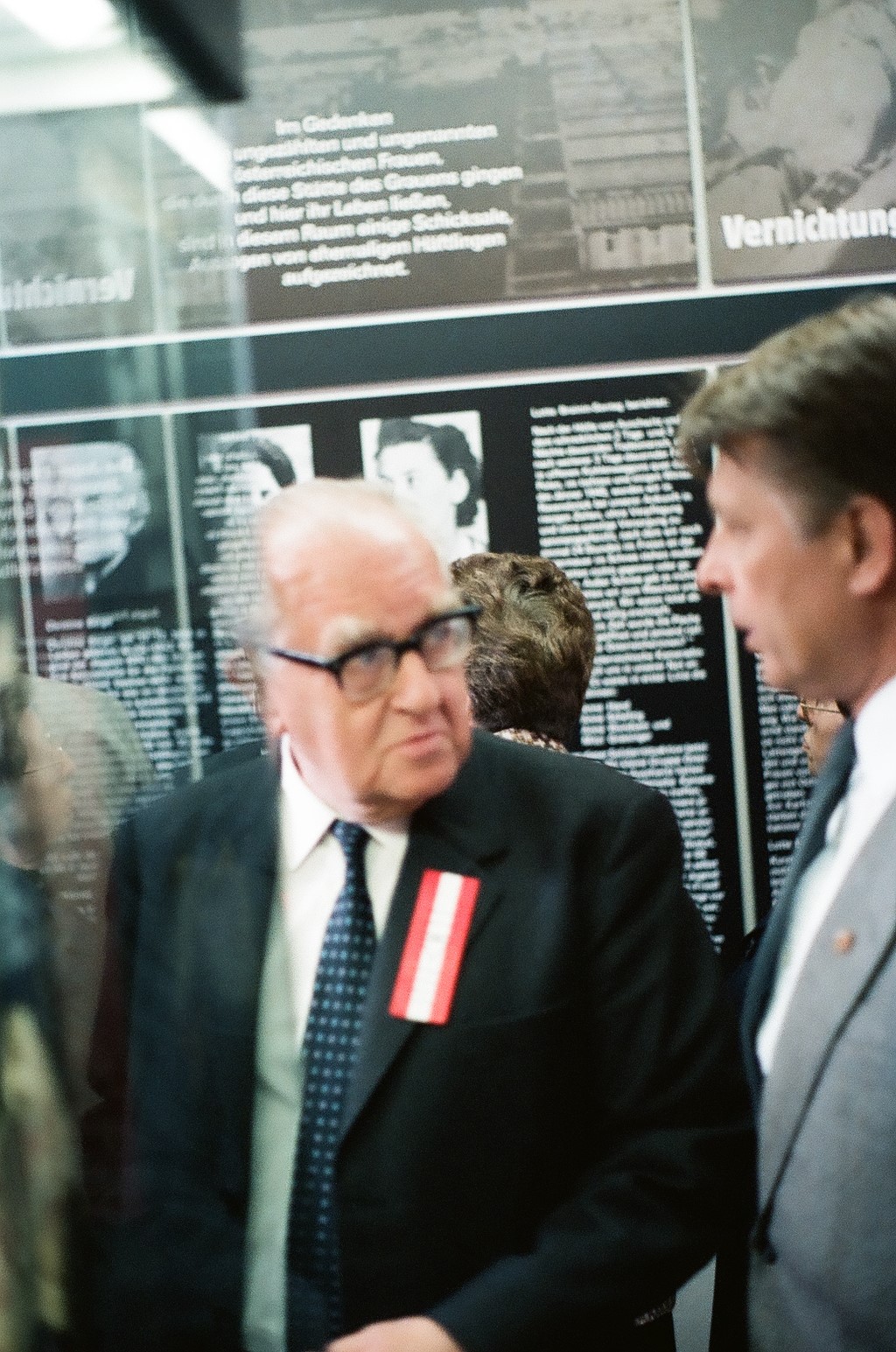
Dr. Broda und Dr. Litschke eröffnen die Ausstellung, Foto: Rainer Mayerhofer
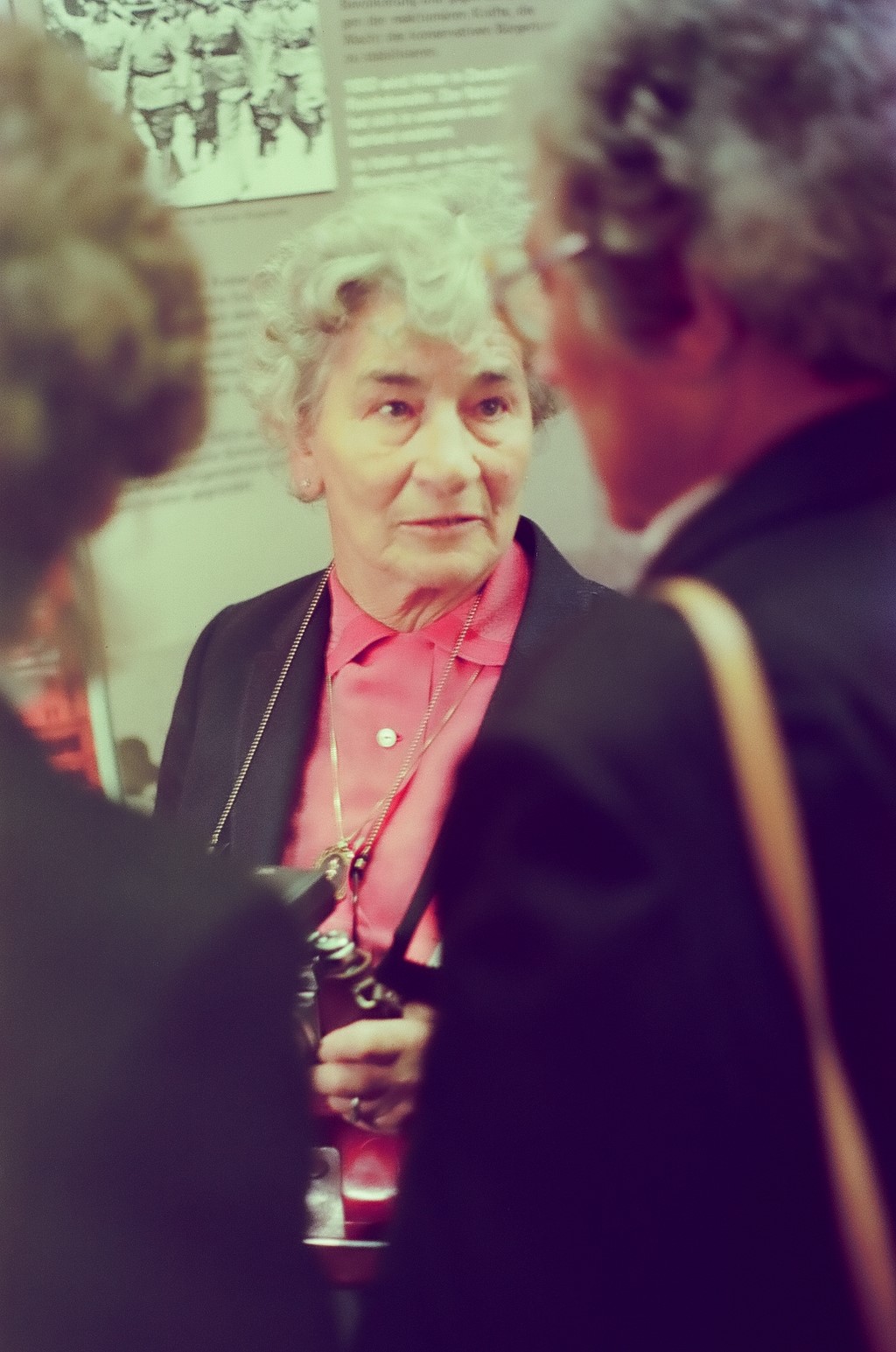
Hermine Jursa bei der Eröffnung der Ausstellung; Foto: Rainer Mayerhofer
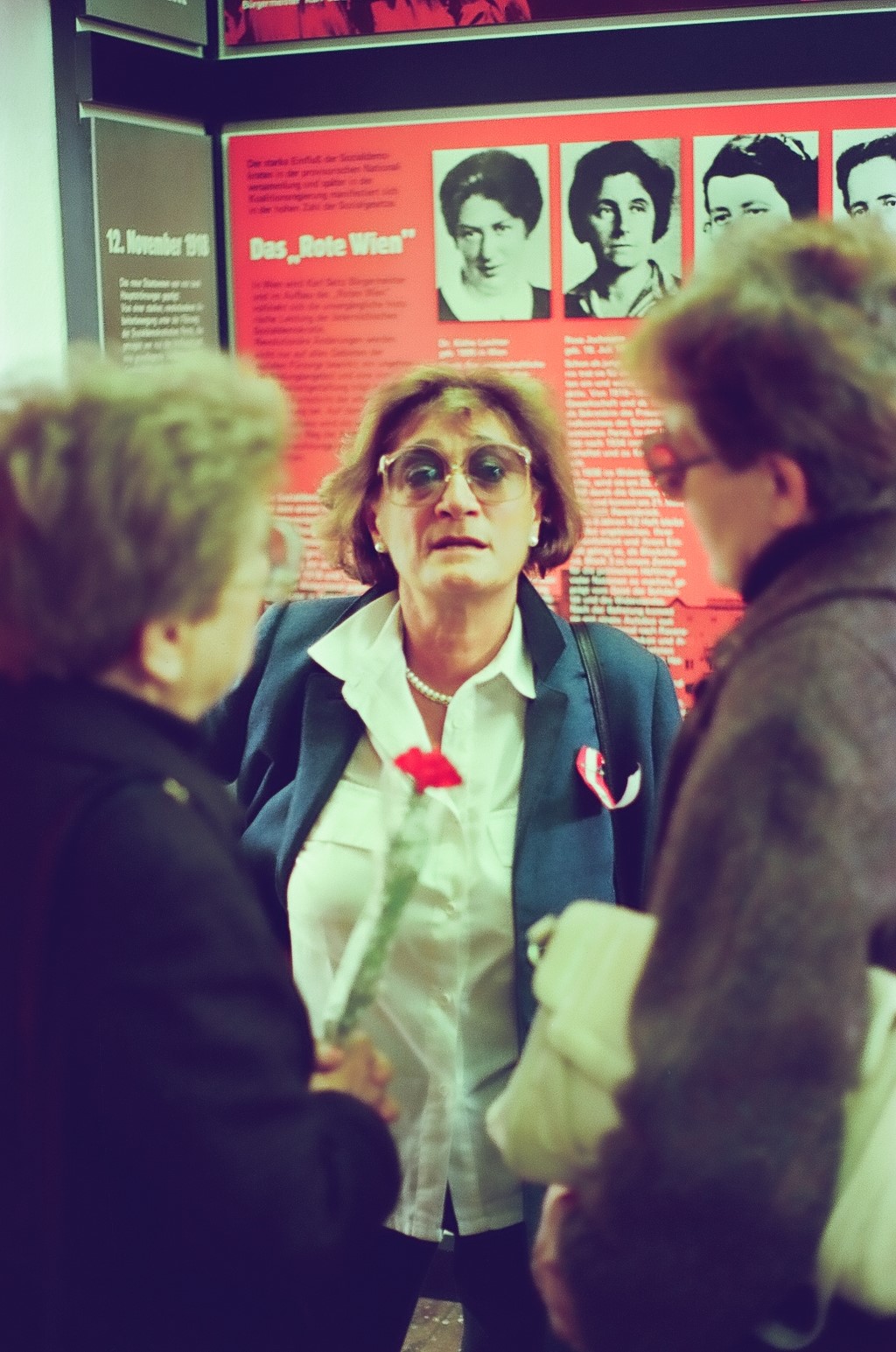
Lotte Brainin bei der Eröffnung der Ausstellung, Foto: Rainer Mayerhofer
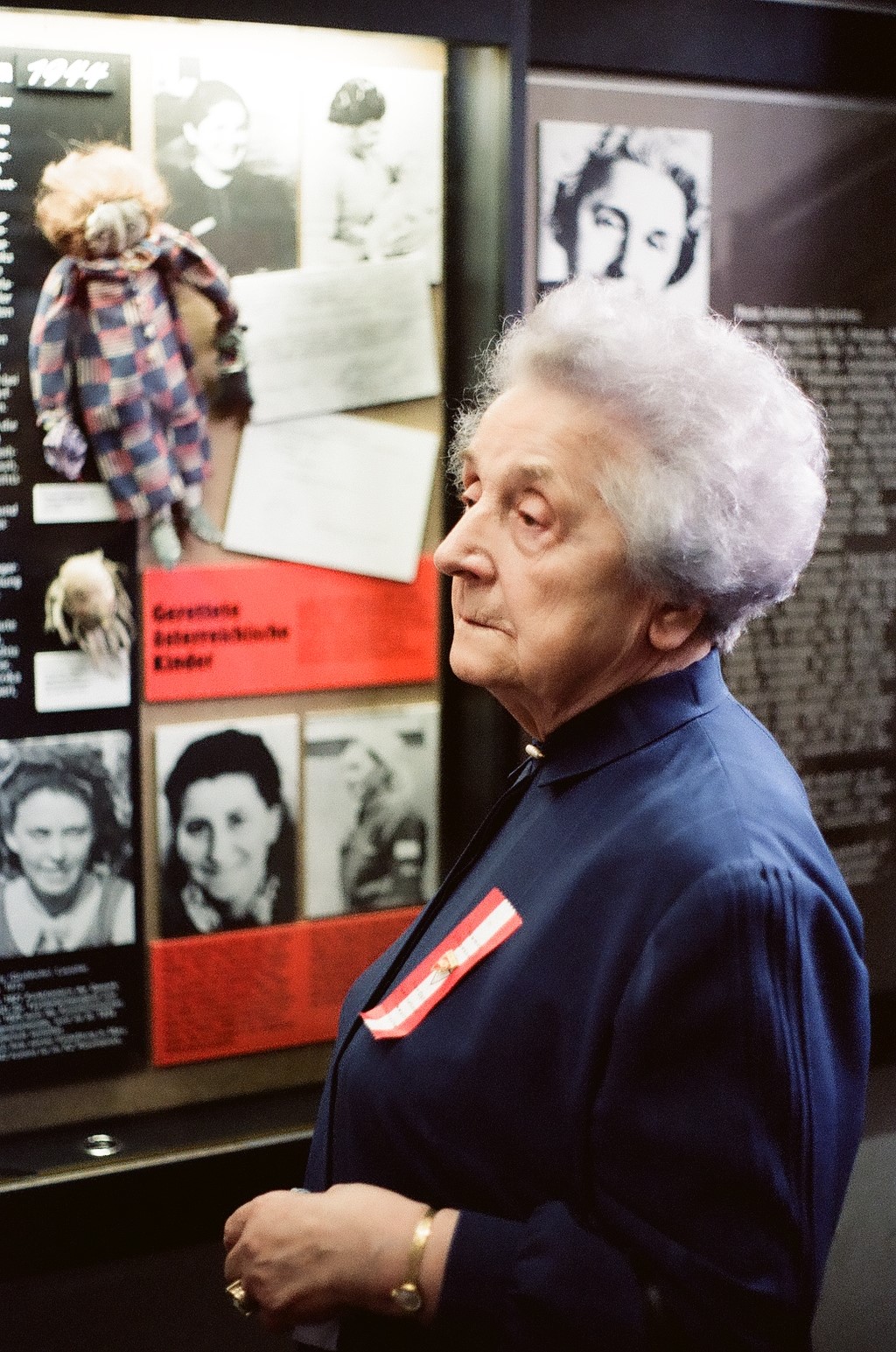
Rosa Jochmann bei der Eröffnung der Ausstellung, Foto: Rainer Mayerhofer
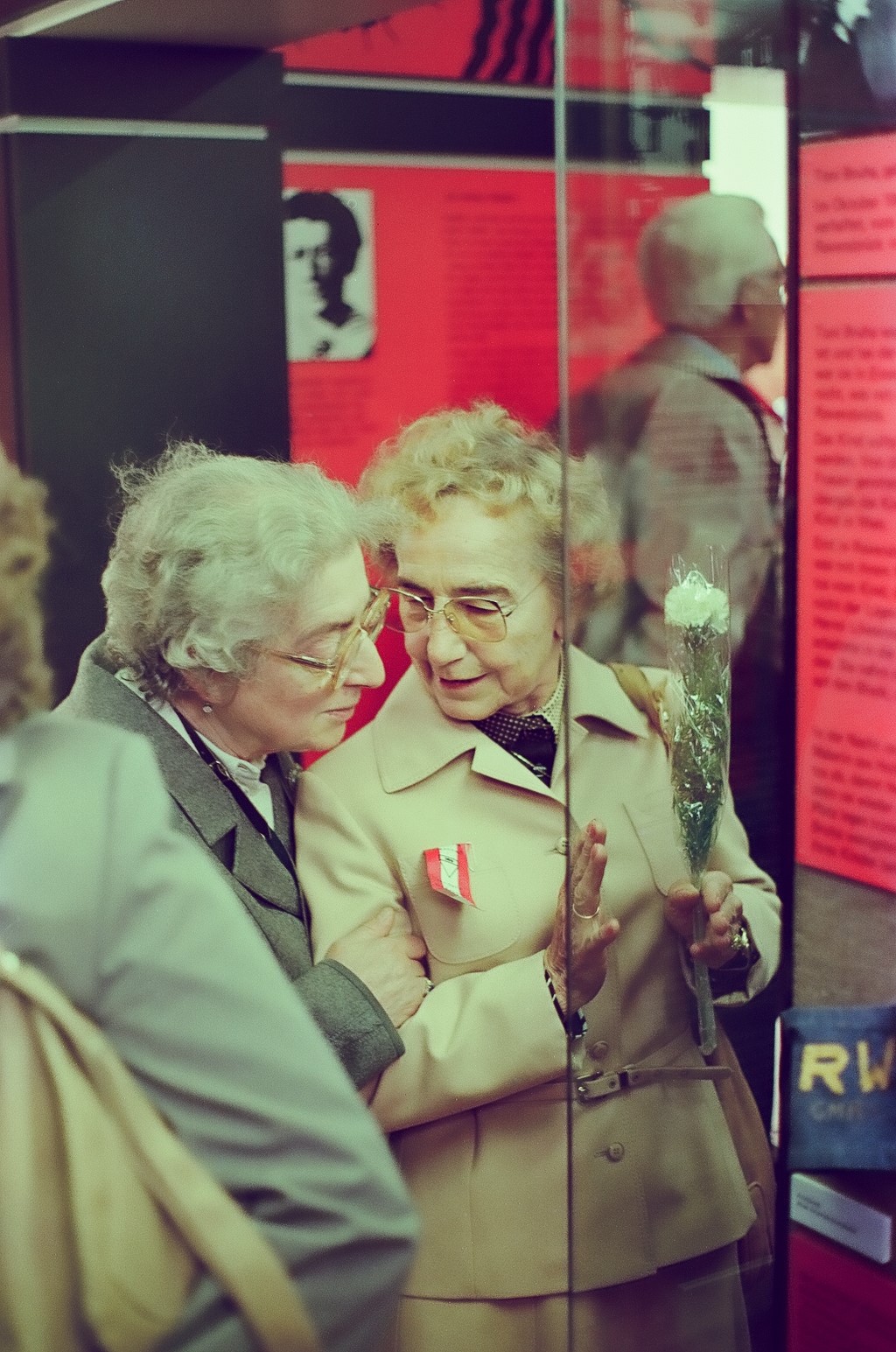
Toni Bruha bei der Eröffnung der Ausstellung, Foto: Rainer Mayerhofer
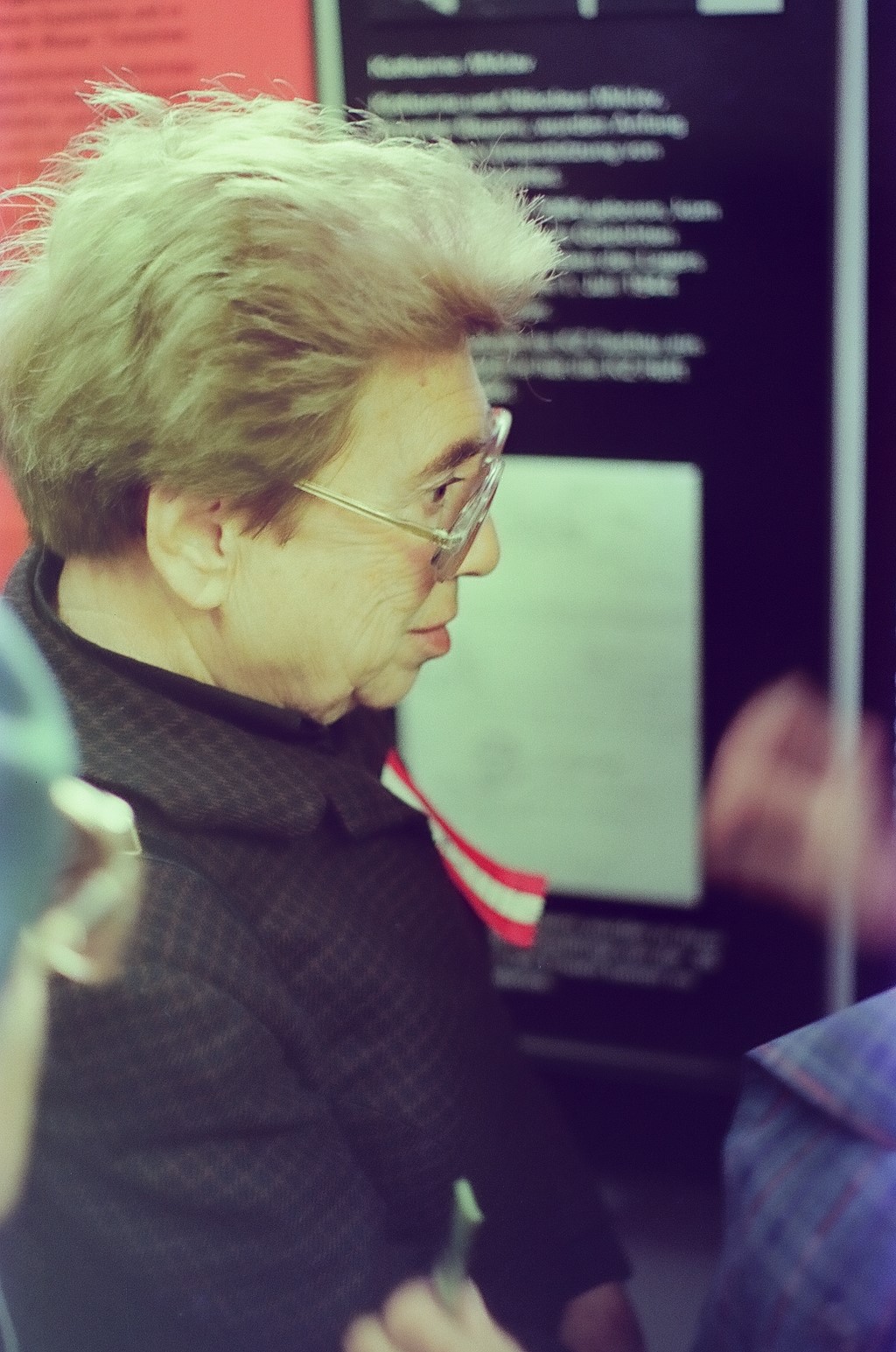
Toni Lehr bei der Eröffnung der Ausstellung, Foto: Rainer Mayerhofer
